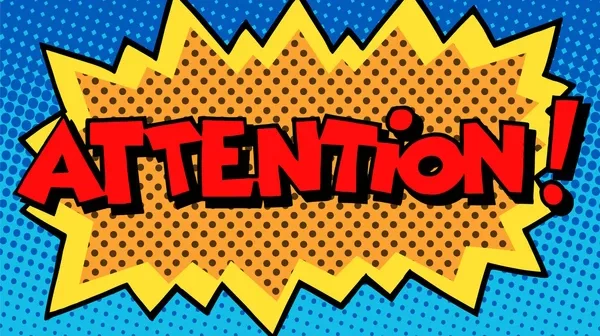In today’s fast-paced digital environment, attention spans are decreasing globally, and India is no exception. The shortening of attention spans is primarily driven by the ubiquitous presence of digital devices, an overwhelming amount of information, and the demand for instant gratification. Understanding these trends is crucial, especially as they have broad implications for education, marketing, and overall cognitive health.
The Numbers Behind Shrinking Attention Spans
Recent studies have shown a significant decrease in the average human attention span. Globally, the average attention span is now around 8 seconds, a stark reduction from the 12 seconds recorded in 2000. This decline is particularly concerning as it suggests that people are struggling more than ever to focus on tasks for extended periods.
India, with its rapid digitalization and young demographic, is particularly susceptible to these trends. The rise of short-form content on platforms like Instagram Reels, YouTube Shorts, and TikTok (before its ban), coupled with the massive adoption of smartphones, has further exacerbated the issue. Indian consumers, especially the youth, are constantly bombarded with information, leading to a fragmented attention span.
Causes of Attention Span Reduction
- Digital Overload: The constant exposure to digital media and the need to multitask between various apps and platforms have significantly contributed to shorter attention spans. With the average Indian spending more than 6 hours a day on the internet, the ability to maintain focus on a single task is diminishing.
- Instant Gratification: The digital era has fostered an environment where people expect immediate responses and outcomes. This has led to impatience and a reduced ability to engage with long-form content, whether it’s reading an article or watching a full-length video.
- Social Media Influence: Platforms designed to deliver quick dopamine hits through likes, shares, and comments are reprogramming how our brains process information. The constant scrolling and exposure to bite-sized content make it difficult to concentrate on more substantial tasks.
Implications
The consequences of shorter attention spans are far-reaching. In education, students find it increasingly difficult to engage with traditional teaching methods that require sustained focus. This has led to a decline in academic performance and a growing reliance on digital learning tools that cater to shorter attention spans.
In marketing, brands are now focusing on “snackable” content—short, engaging pieces that capture attention quickly. However, this shift poses a challenge in delivering deep, meaningful messages that require more than a few seconds to convey.
Furthermore, the cognitive impact of shortened attention spans is concerning. The inability to focus for extended periods can lead to increased stress, reduced productivity, and even mental health issues such as anxiety and depression.
Conclusion
As India continues to embrace digitalization, the challenge of maintaining attention spans will only grow. It is essential for educators, marketers, and mental health professionals to develop strategies that mitigate the effects of digital overload and promote practices that help improve focus and cognitive health.





